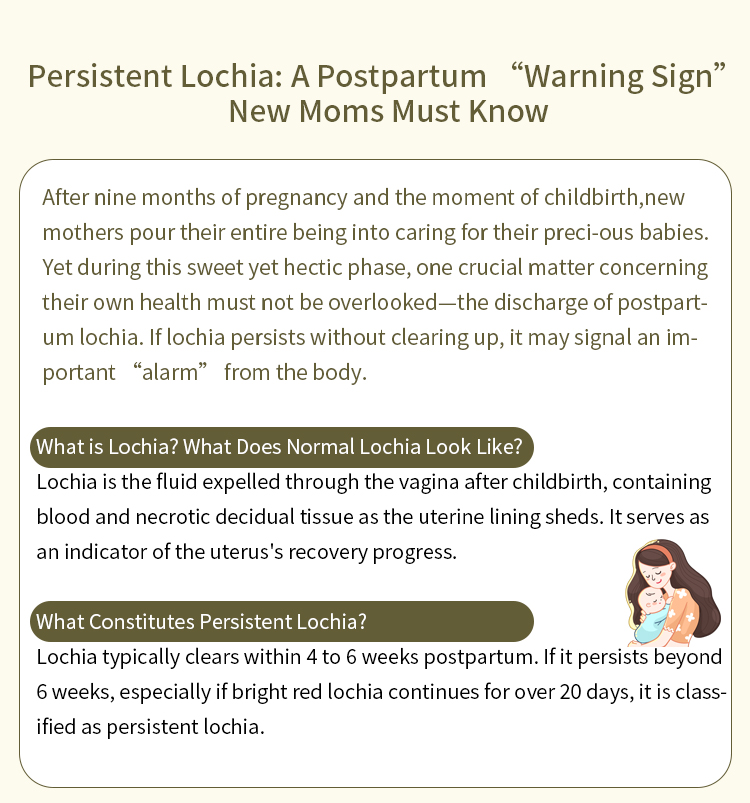Mastering Sleep: The 20-Minute Rule for Insomnia Relief
Insomnia is a pervasive issue affecting millions of individuals worldwide, leading to a cascade of health problems, diminished productivity, and a general decline in quality of life. While various treatments and remedies exist, one particularly effective strategy is the 20-Minute Rule. This method not only addresses the immediate challenges of sleeplessness but also promotes long-term behavioral changes that can enhance overall sleep quality. In this article, we will delve into the intricacies of the 20-Minute Rule, its psychological underpinnings, and practical applications for those struggling with insomnia.
Understanding the 20-Minute Rule
The 20-Minute Rule is a behavioral technique designed to help individuals manage their insomnia by breaking the cycle of frustration and anxiety that often accompanies sleeplessness. The core principle is simple: if you find yourself unable to fall asleep after 20 minutes, you should get out of bed and engage in a calming activity until you feel sleepy again. This approach serves multiple purposes:
- Reduces Anxiety: Lying in bed awake can lead to increased anxiety about not sleeping, which paradoxically makes it even harder to fall asleep. By getting out of bed, you remove the pressure associated with trying to force sleep.
- Reinforces Positive Sleep Associations: The bed should be a sanctuary for sleep, not a battleground for insomnia. By reserving the bed for sleep and intimacy only, you can strengthen the mental association between your bed and restful sleep.
- Encourages Relaxation: Engaging in a calming activity, such as reading, meditating, or practicing gentle yoga, can help lower your heart rate and promote relaxation, making it easier to return to sleep.
The Psychological Basis of the 20-Minute Rule
The effectiveness of the 20-Minute Rule can be attributed to several psychological principles:
- Cognitive Behavioral Therapy (CBT): CBT for insomnia (CBT-I) is a well-researched approach that focuses on changing unhelpful thoughts and behaviors related to sleep. The 20-Minute Rule aligns with CBT-I principles by addressing the cognitive distortions that often accompany insomnia, such as catastrophizing the consequences of sleeplessness.
- Conditioning: Behavioral conditioning plays a significant role in sleep patterns. By consistently applying the 20-Minute Rule, individuals can condition their minds and bodies to associate their bed with sleep rather than wakefulness, ultimately leading to improved sleep onset.
- Mindfulness: The act of stepping away from the bed and engaging in a calming activity encourages mindfulness. This practice can help individuals become more aware of their thoughts and feelings, reducing the anxiety that often exacerbates insomnia.
Practical Application of the 20-Minute Rule
Implementing the 20-Minute Rule requires a few simple steps:
- Set a Timer: When you go to bed, set a timer for 20 minutes. If you find yourself awake after this period, it’s time to get up.
- Choose Calming Activities: Prepare a list of calming activities that you can engage in when you get out of bed. These might include reading a book, listening to soothing music, or practicing deep breathing exercises.
- Create a Comfortable Environment: Ensure that the space where you choose to engage in these activities is conducive to relaxation. Dim the lights, eliminate distractions, and create a serene atmosphere.
- Return to Bed When Sleepy: Once you feel sleepy again, return to bed. Avoid looking at screens or engaging in stimulating activities that could hinder your ability to fall asleep.
- Be Consistent: Consistency is key. The more you practice the 20-Minute Rule, the more effective it will become in helping you manage your insomnia.
Conclusion
The 20-Minute Rule is a powerful tool for those grappling with insomnia. By understanding its psychological foundations and implementing it consistently, individuals can break free from the cycle of sleeplessness and anxiety. While it may not be a panacea for all sleep disorders, it offers a practical, evidence-based approach that can lead to significant improvements in sleep quality. As with any behavioral change, patience and persistence are essential. If insomnia persists despite these efforts, consulting a healthcare professional is advisable to explore further treatment options. Embrace the 20-Minute Rule, and take the first step toward mastering your sleep.
